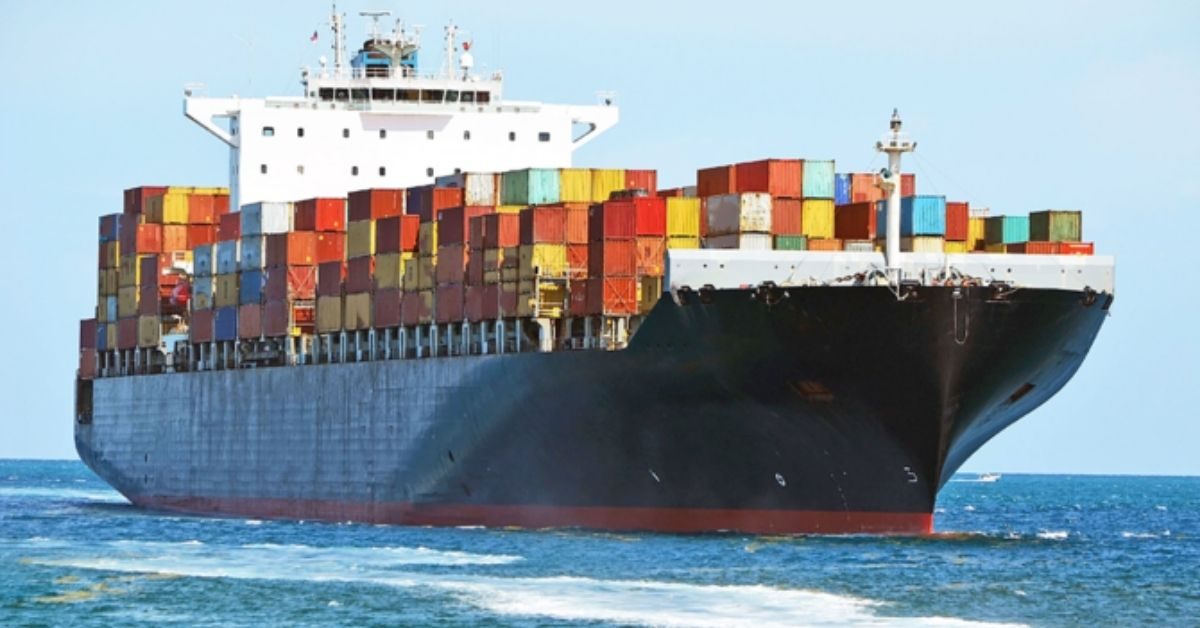Shipping lines have been adding scores of new containers to relieve the supply chain, but containers remain stuck either on ships waiting to berth or in warehouses, as the freight pressure is more than the available infrastructure can handle.
To overcome a serious capacity bottleneck, ship operators are scrambling to add millions of more containers, but the boxes are trapped on ships and at ports as shipping enters its peak season.
The peak season for shipping normally begins around the end of June, when importers place orders for the back-to-school and holiday seasons. But companies tried to avoid the supply shortages that plagued them last year by placing orders early in mid-May. The early start has added to the difficulty of unclogging the supply chain.
“Importers are now bringing in cargo just in case, not just in time, and it makes up for more boxes sitting at the port,” said Gene Seroka, executive director of the Port of Los Angeles. “They will continue to be tight until early next year if we don’t increase the velocity of getting them off the ships and off the port.”
Mr. Seroka said boxes are gradually picking up and the port will have to handle substantially more cargo as Shanghai, the world’s biggest port, is opening after a two-month citywide closure to fight a Covid outbreak.
Ship brokers and consultants estimate about 12% of the world’s boxships are stuck outside congested ports for weeks longer than normal, and inland distribution—especially in the U.S.—is still hampered by a lack of trains, truck drivers and limited warehousing space.
Ship operators and brokers say that at the start of 2022, there were around 50.5 million available containers, eight million more than before the pandemic.
The increase came on the back of surging demand for Asian imports by big American retailers like Walmart Inc. and Amazon.com Inc., which collectively make up more than one-quarter of all container imports in the U.S.
It normally takes an average of 45 days for products to be shipped from an exporter in China to an importer in the U.S. Now it is more than 100 days, according to liner executives.
“At export ports the Shanghai ships wait longer to get loaded, and at import ports like Los Angeles they are stuck because there is no space at container depots,” said Lars Jensen, chief executive of Denmark-based consulting firm Vespucci Maritime. “There were enough containers and a lot more were added, but it won’t help if every part of the supply chain moves slower.”
At Los Angeles, 40% of the incoming boxes are designated to be moved by rail, but only about half are loaded up every day. Major rail companies furloughed large segments of their workforces during the pandemic and struggled to get them back after many moved to better-paying jobs, shipping executives said.
“The time a container takes to go on a train is more than six days. It should be two, and the volume of imported boxes designated for rail is up six times since February,” Mr. Seroka said. “During the pandemic, there was crazy demand; now there is too much inventory still coming in.”
Mr. Seroka said there aren’t enough rail drivers and wagons, while half of the port’s gate capacity for trucks goes unused because many cargo owners don’t pick up their boxes due to a lack of warehousing space. Container warehouses and distribution centers in Southern California are more than 95% full.
In some ways things are getting better. It is now easier to find containers, and the line of ships waiting to dock at Los Angeles and Long Beach is around 30, down from more than 100 back in January, when importers were in a race to replenish dwindling inventories.
Walmart said at its earnings call this month that inventory levels were up 33% year-over-year in the first quarter, reflecting the higher cost of goods due to inflation. It also said the war in Ukraine and uptick in Covid-19 globally created delivery delays.
Ship executives said the added container volume has helped keep freight rates this year at an average $8,000 per box on a ship from China to the U.S. West Coast. That rate is less than half the freight cost from late last year, when Walmart and other retail giants temporarily leased their own ships to bring cargo.
But with inland supply-chain snarls slowing the movement of goods, carriers are easing up on adding boxes.
“While carriers are continuing to order containers to deal with availability issues, this is expected to slow down as uncertainties increase,” said Hanja Maria Richter, a spokeswoman for German container major Hapag-Lloyd AG. “Rising inflation levels, ongoing congestion in supply chains and the Russia-Ukraine war are affecting investor sentiment and the potential for trade growth.“
Hapag-Lloyd added 50,000 containers on its ships in the second quarter of this year. A representative for Danish shipping and logistics giant A.P. Moller-Maersk A/S said the global container shortage seems to be over, with record numbers of empty boxes waiting to be loaded at Asian ports, a complete reversal from last year when it took months for thousands of empty containers at Western ports to move back to Asia.







